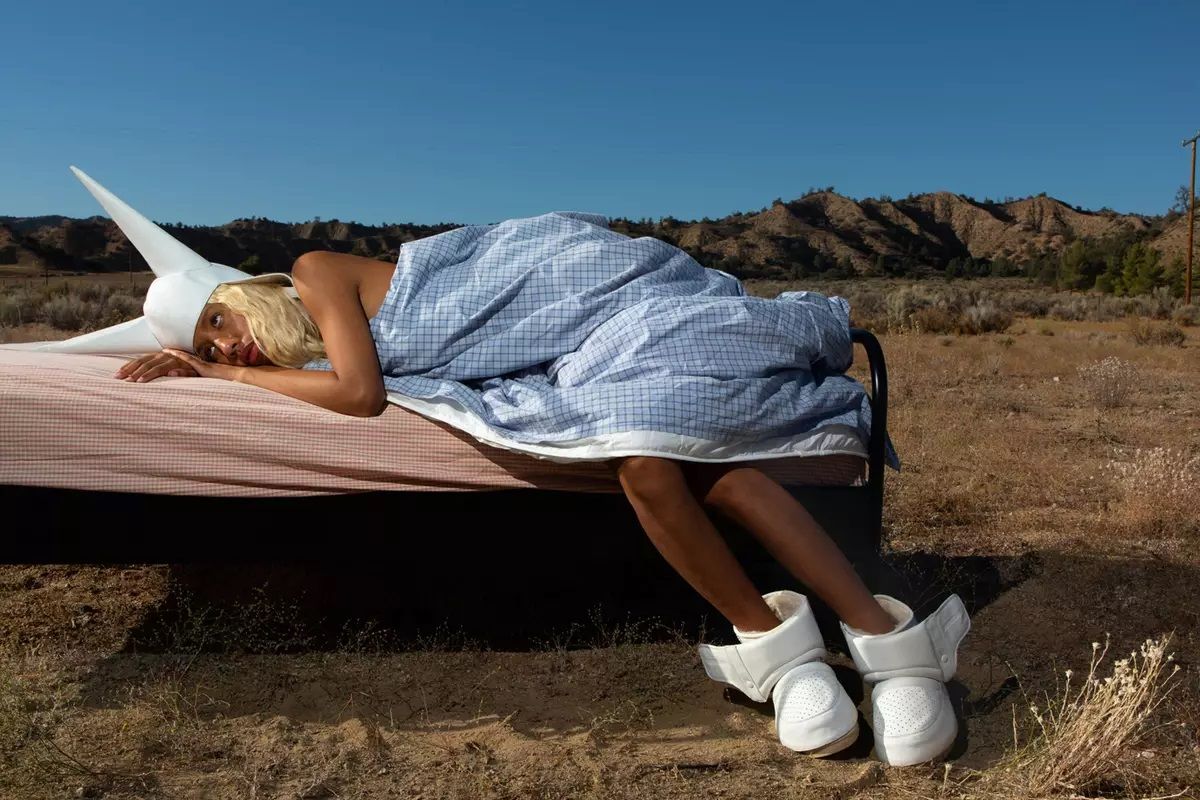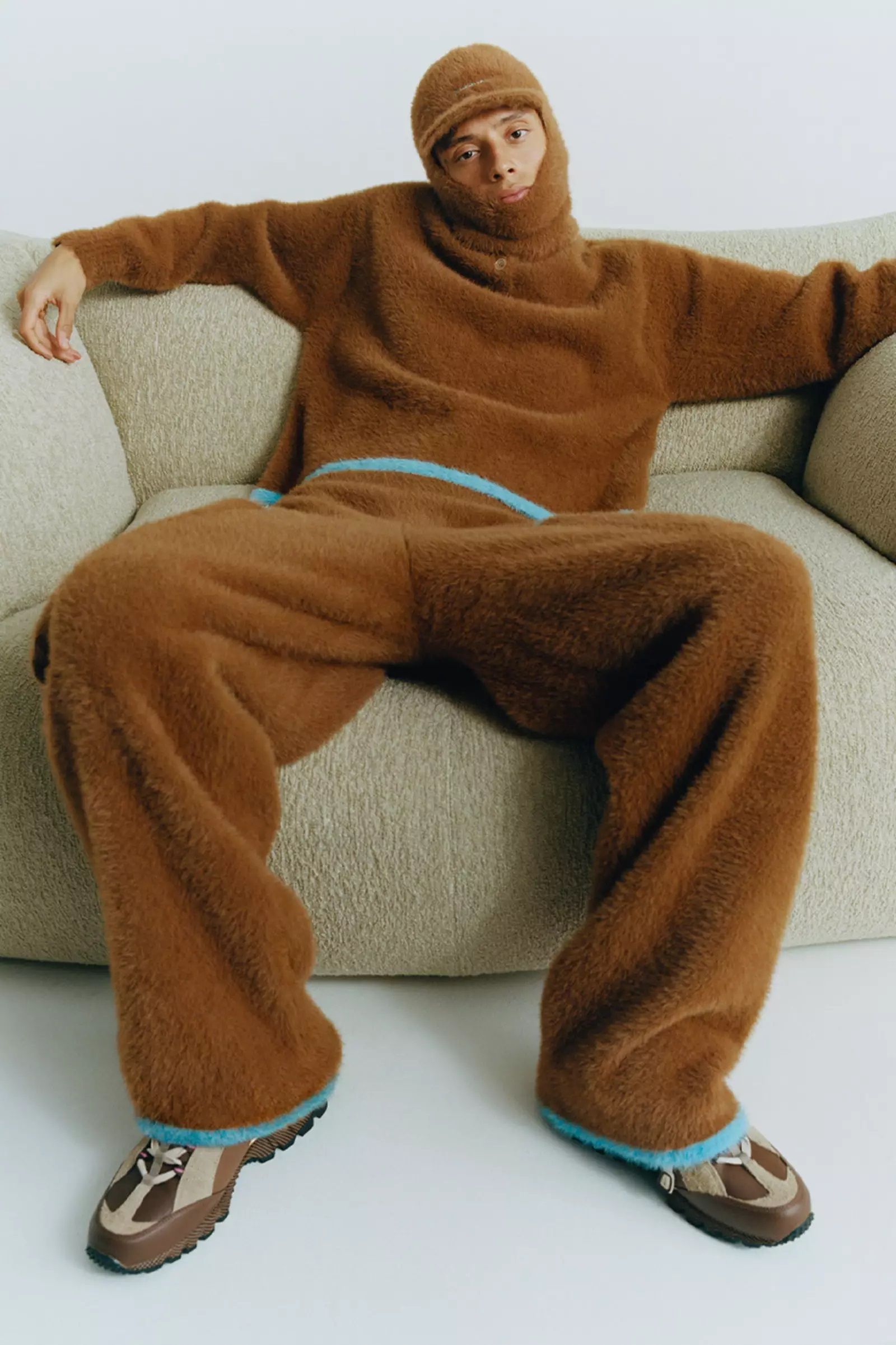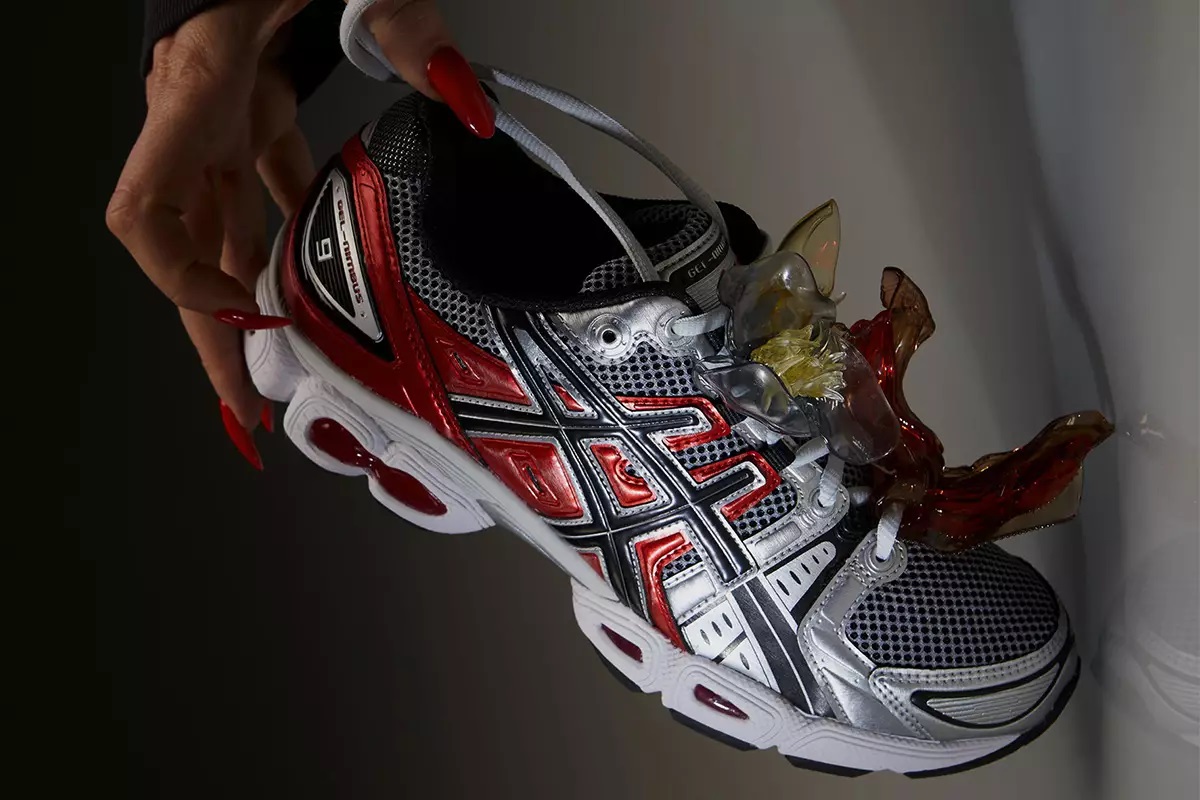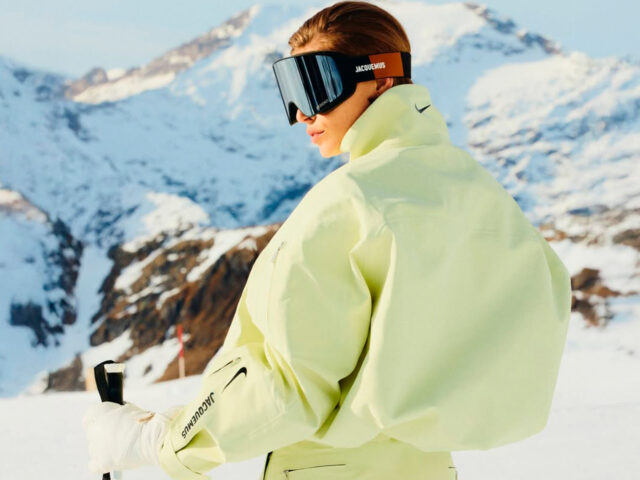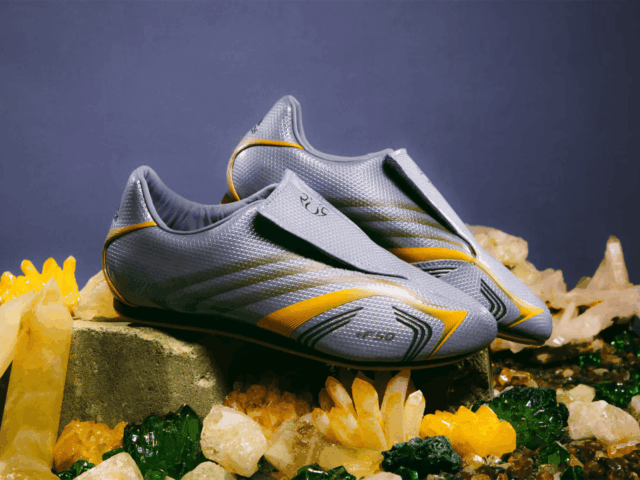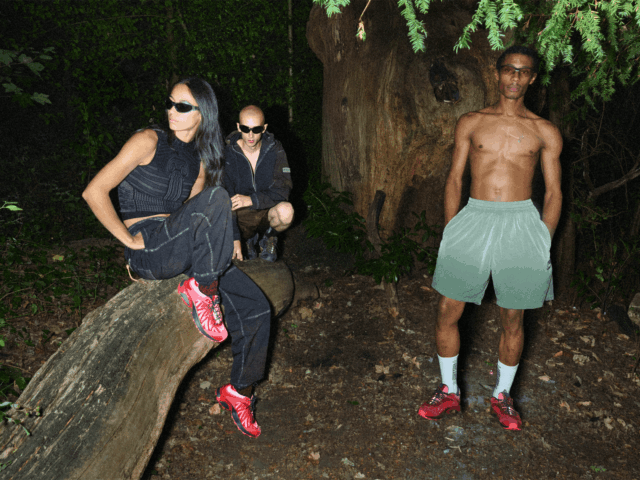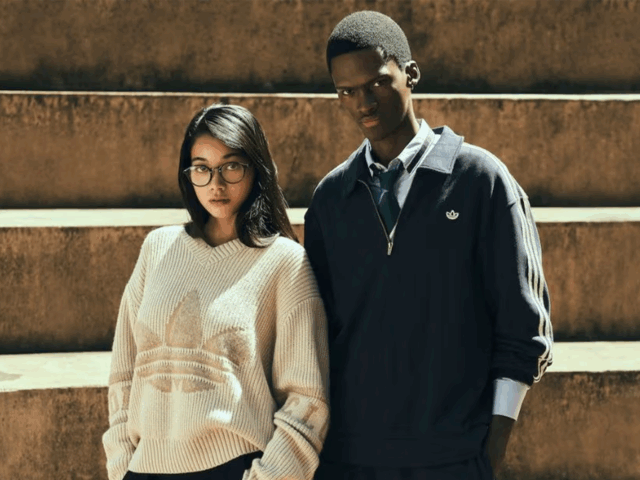The post-sneaker era seems to have entered the fashion system in a state of crisis and decadence, but still far from obsolescence and resignation on the part of luxury brands.

Sneaker culture went from provoking a collective feeling of love or obsession, to transforming and evolving towards a more marginal or secondary place, catalyzed by the comeback of the formal shoe. A new trend or script twist synchronized with the bursting of the streetwear bubble, and all that overload of collaborations in the high-end sphere.
Despite this decline driven by the constant expansion of silhouettes such as moccasins, boots, slip-ons or clogs in countless formats, according to a recent report by BoF Insights, sneakers still represent around 55% of the footwear assortment of luxury brands.
In this regard, according to the same masthead, which collects data from Euromonitor, “global sneaker sales totaled $152.4 billion in 2022, reflecting a sales increase of 2.7% over the previous year, but a drastic slowdown compared to the 19.5% rebound recorded in 2021.” Now, through 2027, the category is forecast to grow at an average annual rate of 3.6%.
THE DECLINE OF THE SNEAKER
Sneakers are thus immersed in a slowdown caused by factors such as the fluctuations of a Chinese market that is increasingly nationalistic and inclined to invest in local brands. Added to this are the supply and inventory problems faced by cult brands in the sector such as Nike and adidas, which will have to deal with overstocking and the loss of relevance of models such as the Dunk or Air Force 1.
RESALE MARKET
The sneaker resale market is also entering a kind of downward spiral in which retailers like StockX are experiencing this decline. A state of sordidness in which rappers’ designs and collaborations have also been plunged, which are now far removed from the original fervor and hype that used to elevate their sneakers, and channeled their sold-outs in a frenzied manner.
The discord and rift between adidas and Kanye West also had a negative impact on the resale market in particular and the brand in general. Still, the German firm has new CEO Bjørn Gulden at the helm and coveted collaborations such as Fear of God Athletics coming later this year. However, Nike, despite having faced problems in production or excess merchandise inventories, ended the year positively with an increase in global revenues of 17%, reaching 13 billion dollars at the end of November.
Within this new evolutionary scenario, specialized brands such as Salomon, Mizuno, Asics or New Balance are rising and positioning themselves in the global showcase as consumers look for alternatives to basketball sneakers, and collaborations are becoming less and less sellable.
This is why brands are channeling their energy and power into new strategies in the midst of a much more controlled market, and an increasingly aware public that no longer allows itself to be eclipsed by cash-grabs and/or exorbitant prices marked by exclusivity. It has been seen that the models that have survived, and even gained an infinity of followers, are not the great design collaborations, but the classics like the Samba, projecting a new era still unknown and unexplored for the sneaker culture.
Sigue toda la información de HIGHXTAR desde Facebook, Twitter o Instagram
You may also like...
